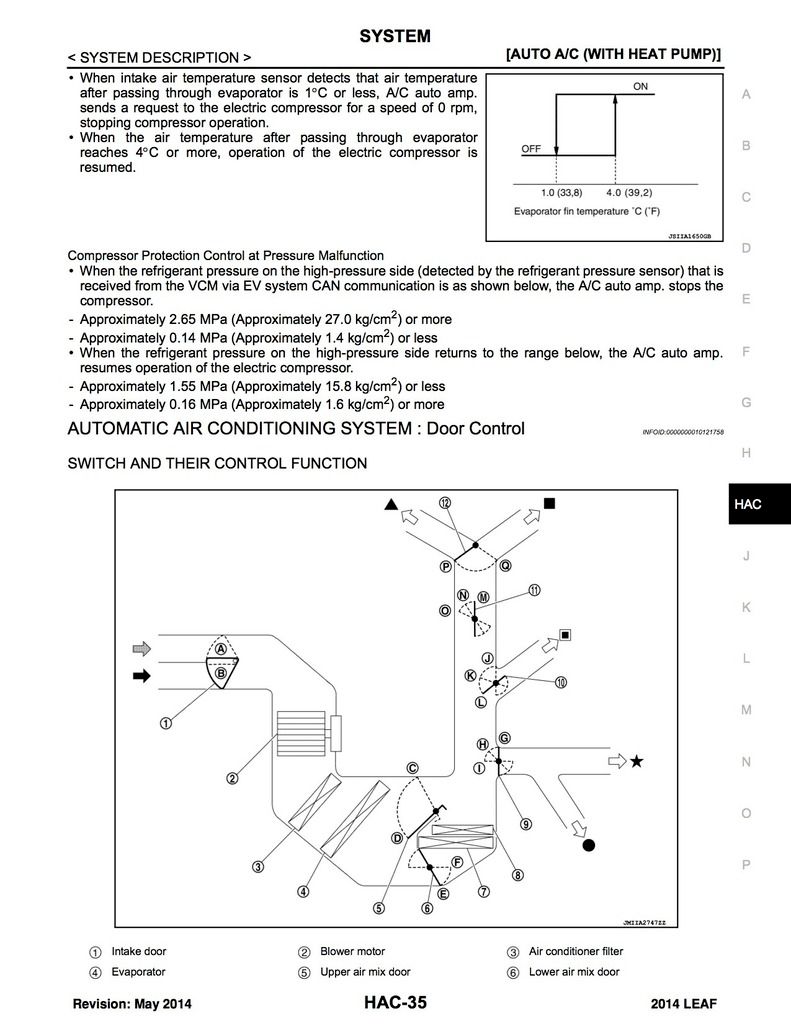ElectricAZ
Member
- Joined
- Jul 18, 2015
- Messages
- 6
Greetings Leaf Users,
First post, just joined. I have no Leaf, but will buy a PEV within the next year and Leaf looks like the best bet by a wide margin.
And I joined the forum today to ask one specific question about the Leaf. I can't find the answer in the Manual, which I've downloaded, or in other Air Cabin Filter posts which I've read here.
Background to the issue: I understand from reading other posts that:
a) There is a cabin air filter.
b) It is user-changeable (with some effort).
c) After-market filters with activated carbon are available, so that chemicals/gases can be filtered in addition to particles.
I'm a person with a sometimes disabling high sensitivity to such gases (especially off-gases from rubbers, plastics, etc.) and so, not only filtering the exterior air pollution is of interest to me, but also the interior air pollution.
Specifically, in ICE cars I've driven (and the one I have), the heater adds noxious fumes, apparently from rubber hoses. Hot air over rubber hoses = bad air into the cabin.
So, finally, the question: does all the air entering the Leaf passenger compartment get filtered by the air cabin filter? Including that of the heater and A/C system?
Another way to put this: is the air cabin filter the last thing in the air chain? Because it will do no good, for my purposes of filtering the heater A/C air, if the air cabin filter is at the intake into the vehicle, before the climate system doctors it.
This issue has dogged me in ICE cars, and I'm hoping for an easy solution in the Leaf.
Anybody know?
(BTW, the manual says "The climate control system is equipped with an in-cabin microfilter which collects dirt, pollen, dust, etc." – but doesn't say if the filter is before or after the heater A/C -- hence this post.)
Thanking you in advance for any evidence or thoughts....
First post, just joined. I have no Leaf, but will buy a PEV within the next year and Leaf looks like the best bet by a wide margin.
And I joined the forum today to ask one specific question about the Leaf. I can't find the answer in the Manual, which I've downloaded, or in other Air Cabin Filter posts which I've read here.
Background to the issue: I understand from reading other posts that:
a) There is a cabin air filter.
b) It is user-changeable (with some effort).
c) After-market filters with activated carbon are available, so that chemicals/gases can be filtered in addition to particles.
I'm a person with a sometimes disabling high sensitivity to such gases (especially off-gases from rubbers, plastics, etc.) and so, not only filtering the exterior air pollution is of interest to me, but also the interior air pollution.
Specifically, in ICE cars I've driven (and the one I have), the heater adds noxious fumes, apparently from rubber hoses. Hot air over rubber hoses = bad air into the cabin.
So, finally, the question: does all the air entering the Leaf passenger compartment get filtered by the air cabin filter? Including that of the heater and A/C system?
Another way to put this: is the air cabin filter the last thing in the air chain? Because it will do no good, for my purposes of filtering the heater A/C air, if the air cabin filter is at the intake into the vehicle, before the climate system doctors it.
This issue has dogged me in ICE cars, and I'm hoping for an easy solution in the Leaf.
Anybody know?
(BTW, the manual says "The climate control system is equipped with an in-cabin microfilter which collects dirt, pollen, dust, etc." – but doesn't say if the filter is before or after the heater A/C -- hence this post.)
Thanking you in advance for any evidence or thoughts....

